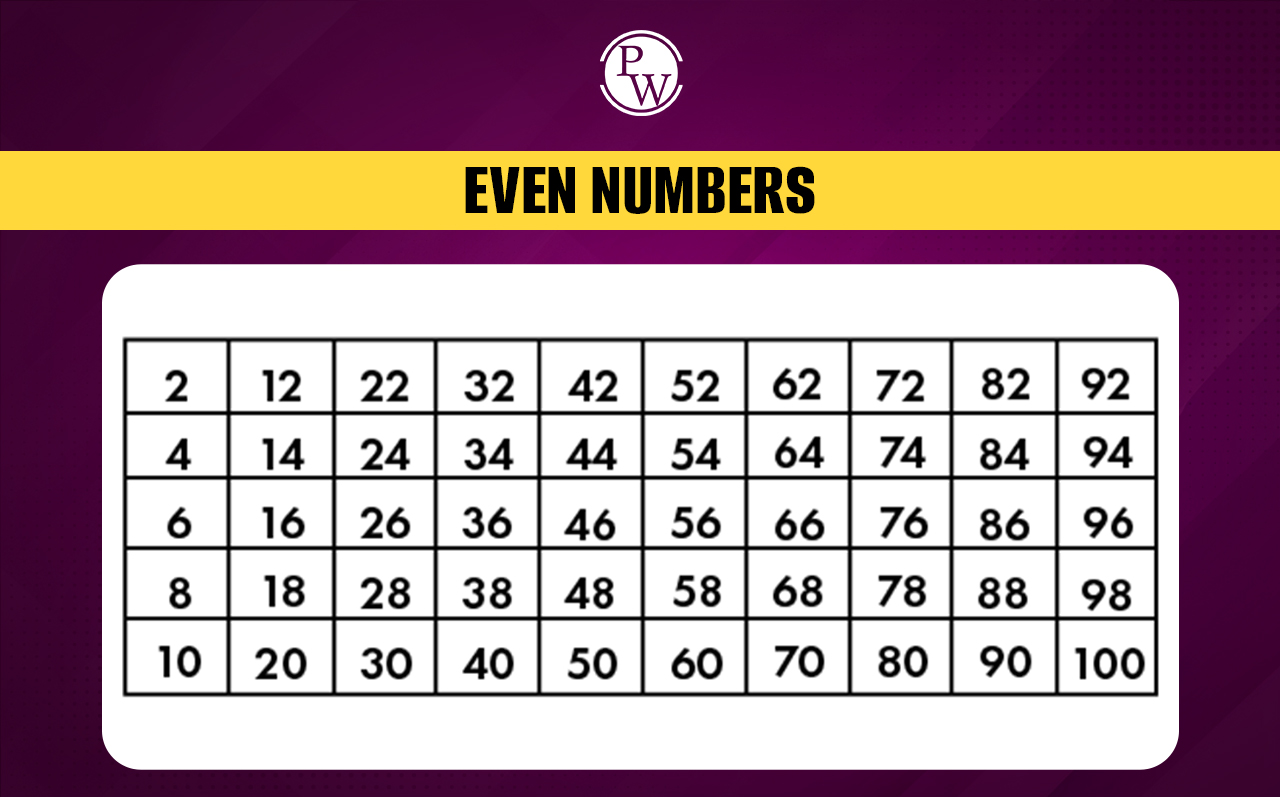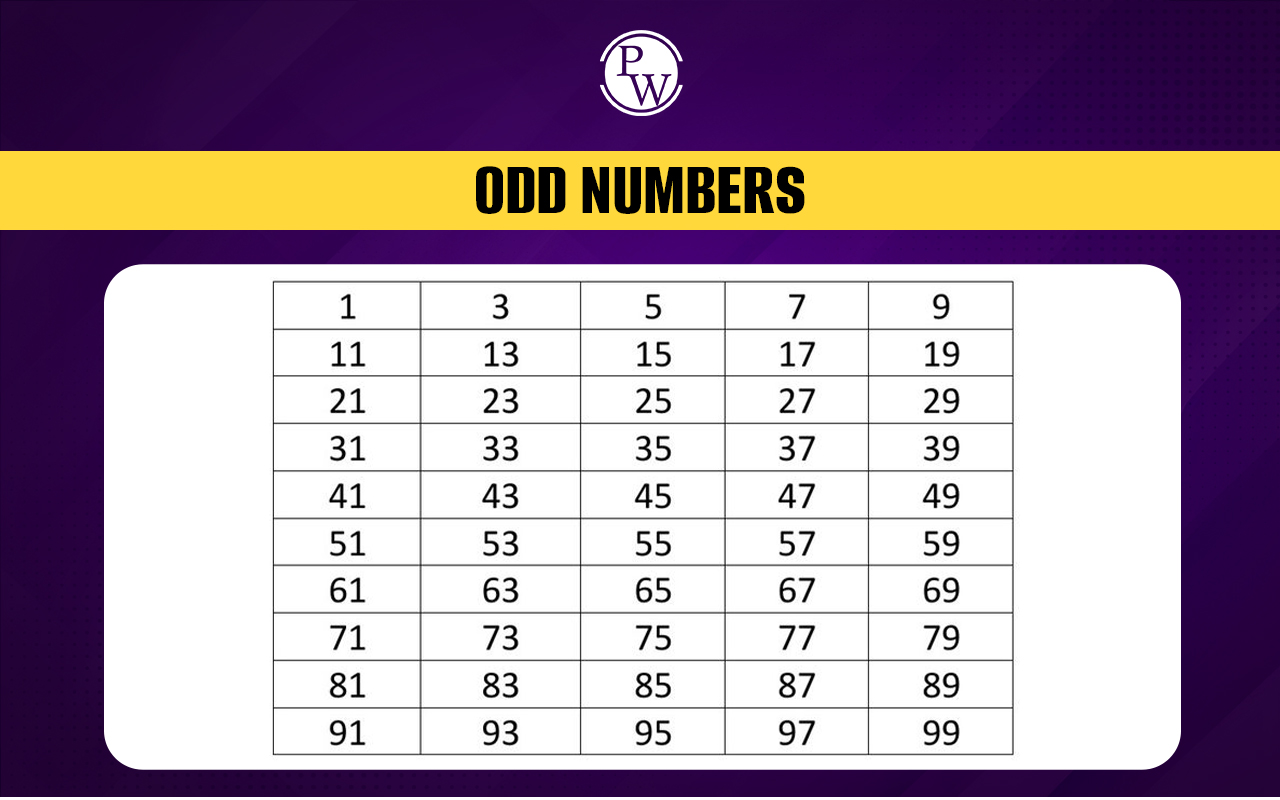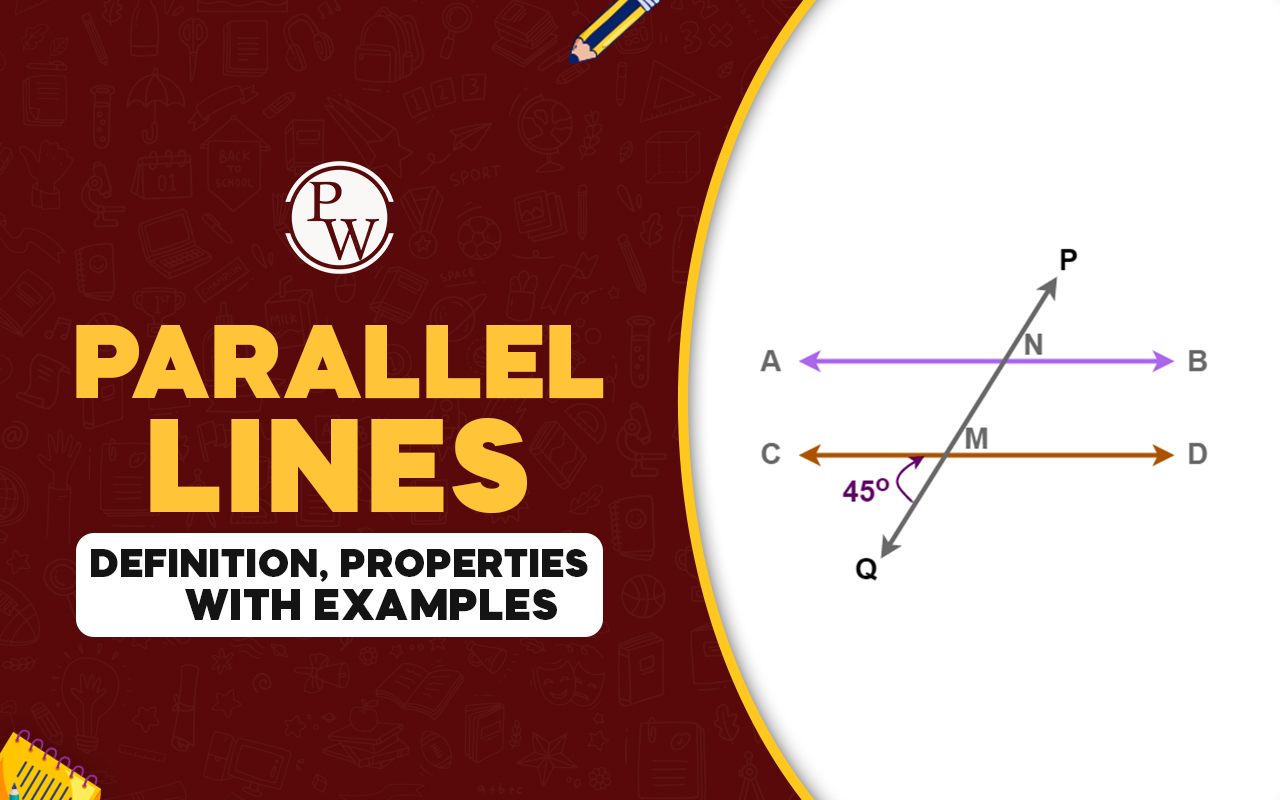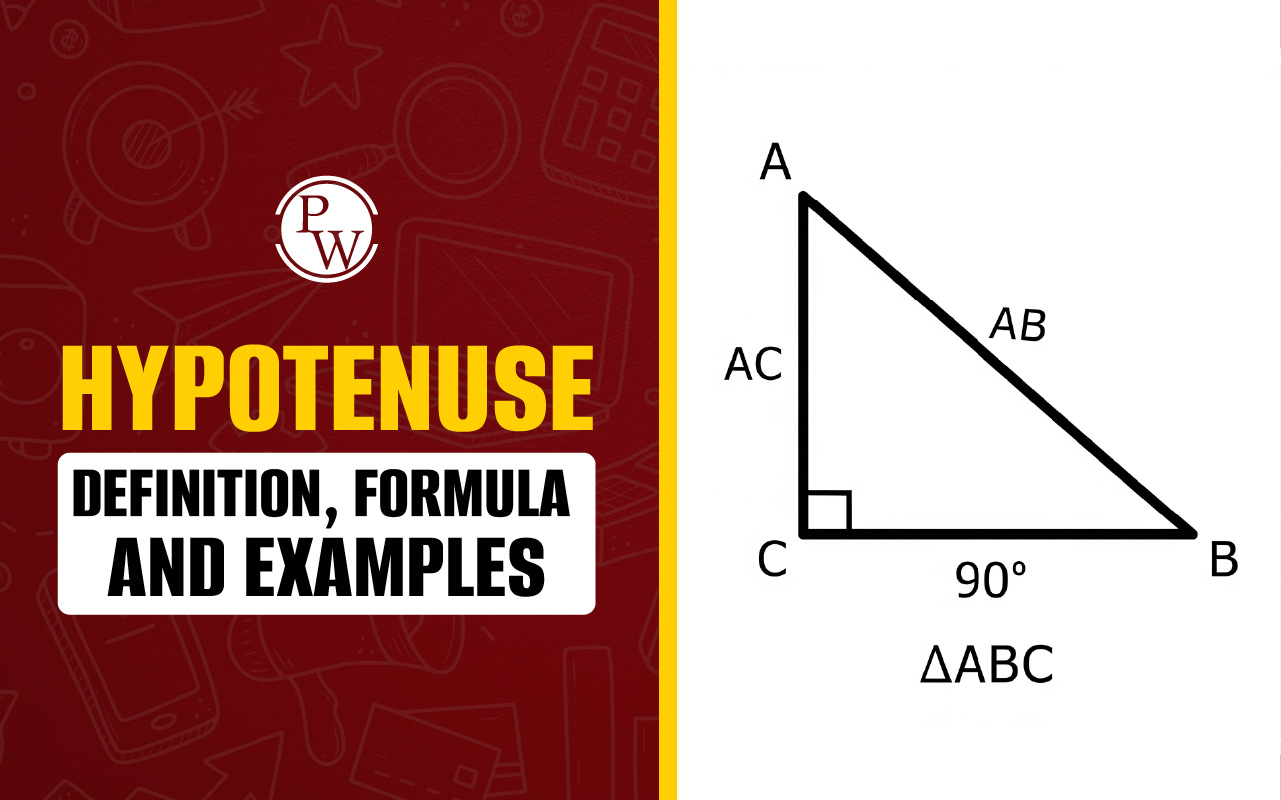
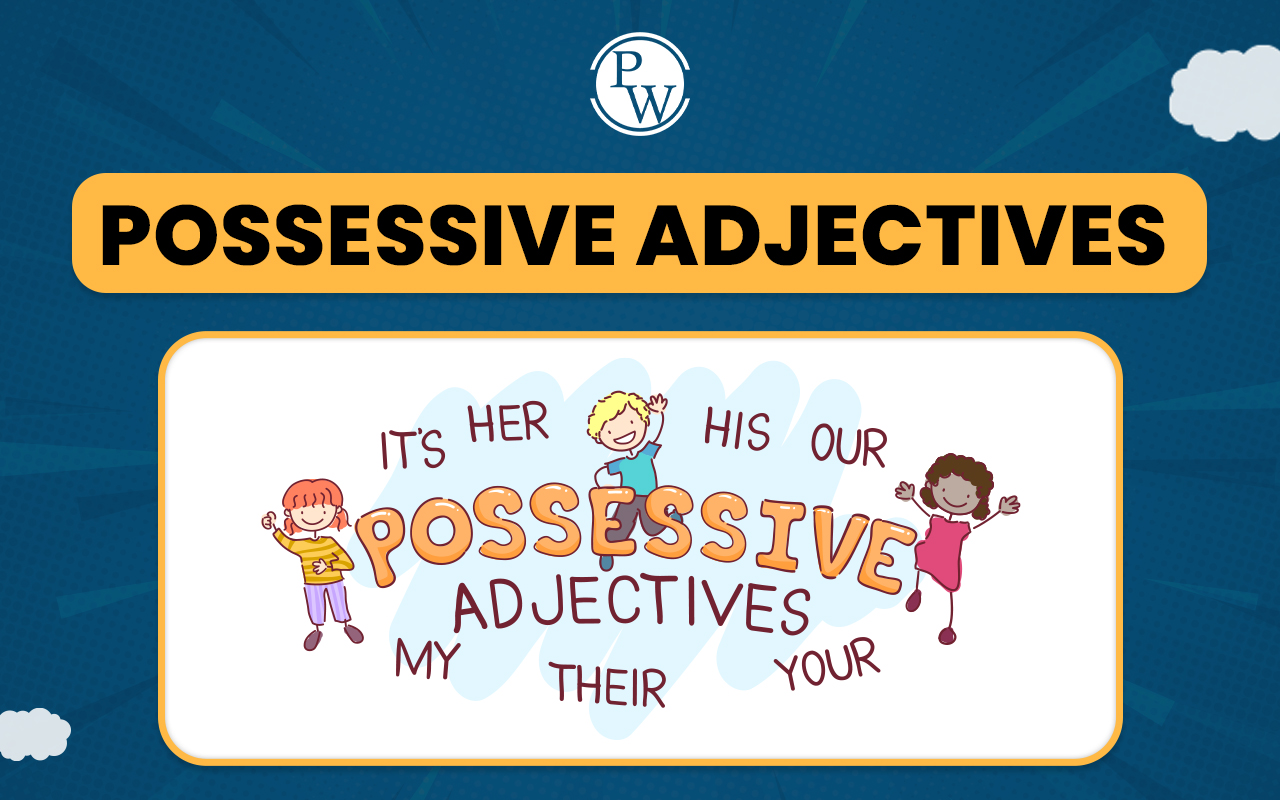
How do Possessive Adjectives express ownership and indicate relationships between people, ideas, and objects? If you’re looking to understand how these words enhance clarity in communication, this guide is here to help.
Possessive adjectives such as my, your, his, her, its, our, and their are words that show who or what a noun belongs to. For example, in sentences like “This is her project” or “Their idea was successful,” the words her and their clearly indicate ownership or connection.Possessive Adjective
A possessive adjective is a word used to show ownership or connection between the noun and the possessor. These adjectives always appear before a noun to indicate who or what it belongs to, making sentences clear and specific. Common possessive adjectives in English include “my”, “your”, “his”, “her”, “its”, “our”, and “their”, each linked to a particular person or group. Their usage helps avoid repetition and establishes clear relationships in sentences.
What is Possessive Adjective
A possessive adjective is an adjective that modifies a noun by indicating its ownership or relationship to someone or something. It answers the question “whose?” regarding the noun being discussed. Unlike possessive pronouns, possessive adjectives do not replace the noun but describe and clarify it. They are essential for constructing clear and accurate statements in English grammar.
Definition of Possessive Adjectives
Possessive adjectives are words that modify or describe nouns by indicating who or what possesses the noun. These adjectives are used to show ownership or a connection between the subject and the object in a sentence. They are essential in conveying clear meaning about relationships and possessions. For example, in the sentence, "This is my book," the word "my" shows that the book belongs to the speaker. Possessive adjectives are always placed before the noun they describe.Examples of Possessive Adjective
This is my book. My shows that the book belongs to the speaker.Possessive Adjective Sentence
Possessive adjectives are used directly before the noun they modify. They are typically placed at the beginning of a noun phrase and help convey the relationship between the subject and the object. Here are some examples:- My brother is coming over for dinner.
- Can you pass me your pen?
- His parents live in the countryside.
- Our teacher gave us a challenging assignment.
- Her smile is contagious.
- Their decision will affect everyone.
Possessive Adjectives Are a Type of Pronoun
Possessive adjectives are words that act like pronouns because they replace nouns to show ownership. Instead of repeating a name or noun, a possessive adjective makes sentences clearer by showing who something belongs to.Examples:
Our teacher gave us homework. Our shows that the teacher belongs to the group (we). His car broke down on the way home. His indicates that the car belongs to him. Your questions are very interesting. Your shows that the questions belong to the person being spoken to. Using possessive adjectives helps avoid repetition and makes sentences clearer. It’s helpful to group possessive adjectives with possessive pronouns (e.g., mine, yours, theirs ) under the term “possessive forms” to see how they both indicate ownership but function differently.Common Mistakes with Possessive Adjectives
Understanding possessive adjectives and similar words can be tricky. Here are some common mistakes and how to avoid them, with examples:Difference Between Possessive Adjectives and Possessive Pronouns
While both possessive adjectives and possessive pronouns indicate possession, they function differently in a sentence. Here’s how they differ:| Possessive Adjectives | Possessive Pronouns |
|---|---|
| A possessive adjective is used before a noun to describe ownership or possession. | A possessive pronoun stands alone and replaces a noun, showing ownership. |
| Examples: my, your, his, her, its, our, their | Examples: mine, yours, his, hers, its, ours, theirs |
| Example sentence: This is my book. | Example sentence: This book is mine . |
Possessive Adjectives Practice Questions
Choose the correct possessive adjective to fill in the blank:- I left _______ keys on the kitchen table.
- a) my
- b) your
- c) their
- d) her
- The students finished _______ homework before going home.
- a) its
- b) his
- c) their
- d) your
- Jenny brought _______ favorite book to school.
- a) his
- b) their
- c) my
- d) her
- We spent the weekend fixing _______ car.
- a) its
- b) our
- c) their
- d) her
- The cat played with _______ toy.
- a) its
- b) their
- c) our
- d) my
Answers:
- a) my
- c) their
- d) her
- b) our
- a) its
Join English Learning Online Class for Kids Now!!
| Related Articles | |
| Proverb | Unseen Passage |
| Preposition | Article Writing |
| Pronoun | Alphabet |

